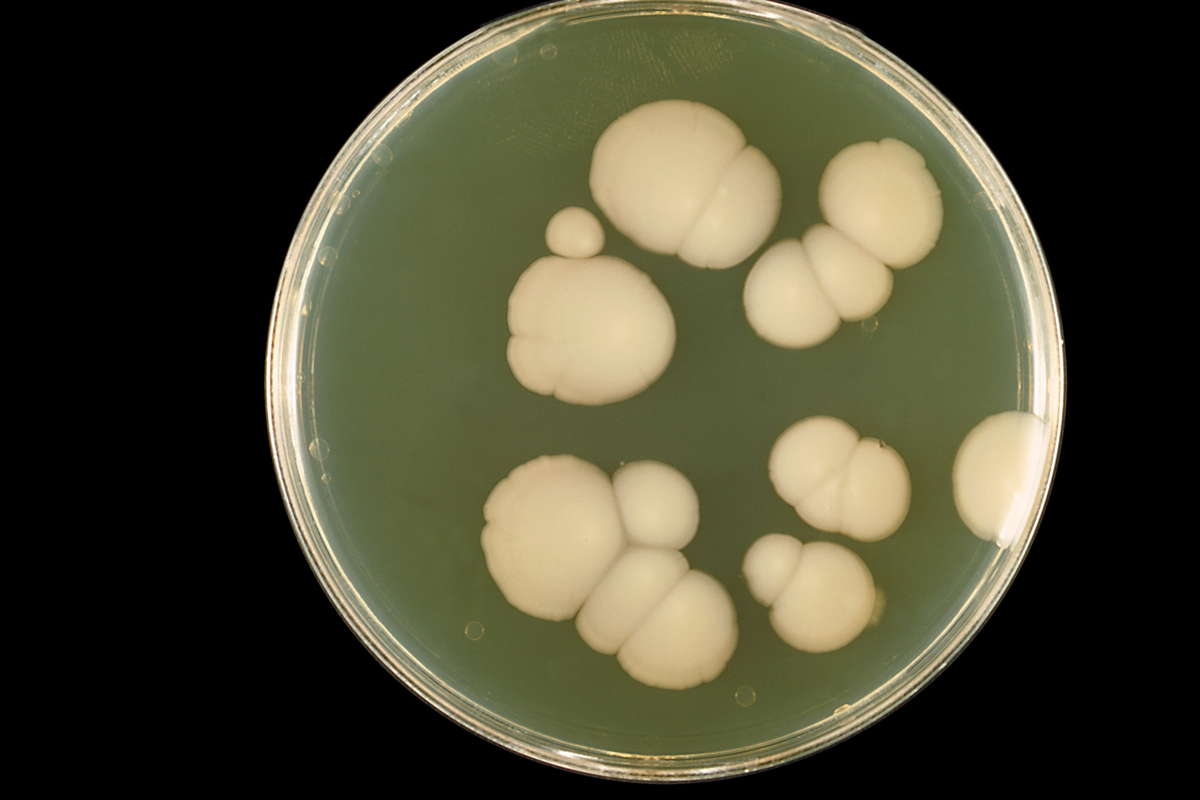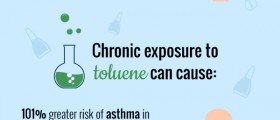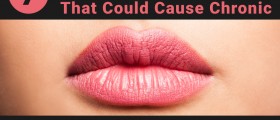
Candida albicans is yeast that is naturally found in the human body, specifically in the gastrointestinal tract, mouth, throat and genitals. People are not aware of the presence of the yeast because it usually doesn’t cause any problems. However, when the balance of helpful bacteria in the body is disturbed it leads to overgrowth of Candida albicans and causes candida infection followed by various symptoms. This problem is wide spread and affects 20% of men, 60% of women and 21% of children.
Causes of Candida
Overgrowth of Candida albicans yeast is usually due to use of antibiotics, steroids and cytotoxic drugs, because they destroy the good bacteria in the gut. Other factors can also contribute candida colonization. Diet high in fermentable carbon, metal poisoning and diabetes mellitus are some of these factors. Candida infection can be also caused by hormonal changes due to sterilization, pregnancy, pre menopause, post menopause and puberty. Elevated blood sugar levels may cause overgrowth of candida yeast as well as hormone replacement therapy and use of corticosteroids and oral contraceptive pills.
What Areas of the Body are Affected?
This microorganism affects mucous membrane mycelium while in the intestines it remains as a yeast or spore. Candida infection is typically seen in the nail plates, base of the nails, areas where the skin is moist like the fingers, toes, anus and penis, and mucous membranes of the vagina and the mouth. In the mouth candida infection appears as white patches on the lips, tongue, inner cheeks and roof of the mouth. This is known as oral thrush and it is usually seen in infants, immunocompromised individuals and those who are taking antibiotics, steroids and cytotoxic drugs. Vulvovaginal infection is vaginal candida infection that causes thick, creamy-white secretion, itching, redness of the vulva, and inner thighs. This is commonly seen in pregnant women and diabetics. Candida infection around and under fingernails is known as paronychia. It is followed by painful swelling and secretion of pus from the nail beds. Loss of the cuticle is also common. Infected nails may change color and even separate from the surrounding skin. This is common in women who are working at fruit processing units.
Treatment for Candida InfectionCandidal infections can be treated with prescribed and over the counter medications. However, this will only treat the symptoms and the infection may return. It is necessary to treat the cause. A person should bring back natural intestinal flora by colon cleanse with herbal solution. It is also necessary to avoid sugar and foods that contain any type of yeast such as mushrooms, cheese, and beer. Yogurt and probiotics must be consumed regularly since they reduce the risk of candida infection and colonization.












_f_280x120.jpg)




Your thoughts on this
Loading...